Greetings, eaters, bakers, readers, cooks, and friends! The birds in my yard have been absolutely frenzied of late—I don’t know if it’s the cold or all the storms or what, but I cannot keep my feeders full. The juncos and the goldfinches arrive in small flocks and hang out all day, eating.
I had an extra suet feeder so I put in on my porch railing, where I can see it from my work corner (aka the chaise). It’s such a delight to watch the birds up close all day! There are always a few juncos pecking away, and I’ve also seen downy woodpeckers, flickers, red-bellied woodpeckers, and nuthatches. There are three juncos and a red-bellied woodpecker in this blurry picture.
So: finding your people. Life is so much better and more bearable when you do. I’ve been sitting on this theme ever since I finished True Biz a few weeks ago. But I was struggling to find a 2021 book to go with it until I picked up All of You Every Single One on Sunday night, hoping that a) it would fit the theme and b) I would love it. Surprise! It’s one of my favorite books of the year so far. I read it in two sittings.
I went in a different direction with the backlist book. Both True Biz and All of You Every Single One are about finding the people who feel like home, the people who see you—and how that act of finding can save lives. Wade in the Water is about a very different kind of finding. It’s about finding your people in history, about the power of discovering words, about excavating records, voices, stories, and lives.
The Books
Backlist: Wade in the Water by Tracy K. Smith (Poetry, 2019)
This is not a book about finding your people in the way the other two books are. But it is, absolutely, a book about finding your people. More than that, it’s about the act of finding itself. Each poem is a small act of discovery. The poems themselves are a kind of finding, a reaching back into the past. I’ll read anything Smith writes, but this is my favorite of her collections (so far). Every time I come back to it I am astounded again by its depth and range, by Smith’s blend of invention and reinvention. These are poems that shape-shift. Erasure becomes a kind of reclamation; loss is rewritten with the language of discovery.
Many of the poems in this collection are erasure poems and other poems built from other people’s words. Many of them deal with the Civil War. ‘Declaration’, an erasure poem made up of text from the Declaration of Independence, is a harrowing reading experience. Smith takes text from a racist, hypocritical, and unjust document—a document that is also one of the most treasured bits of our national mythology—and turns it into a piece of cutting and beautiful poem. Her ability to peel away layers of myth to find the truth buried beneath is astounding.
Two other erasure poems are composed of correspondence between white enslavers regarding the sale of enslaved people. Smith uses these words to build poems told from the point of view of the enslaved people. It’s absolutely chilling to read. There are so many layers of meaning to these poems—not just in the words themselves, which Smith weaves into beauty—but in their structures. All of Smith’s erasure poems speak to who has a voice and who is silenced, and to erasure itself—of voices, bodies, histories, lives. But they also speak to who is found, and about what it takes to find something—a person, a history, an idea, a moment—that has been deliberately obscured.
‘I Will Tell You The Truth About This, I Will Tell You All About It’ is a poem composed of letters and statements from Black Civil War soldiers, as well as their wives, friends, children, etc. I can’t imagine the kind of vision and patience it takes to wear a poem like this. These Black soldiers still have something to say to us today, and Smith found a way to say it, mingling their voices with hers:
for instant look & see
that we never was freed yet
Run Right out of Slavery
In to Soldiery & we
hadent nothing atall &
our wifes & mother most all of them
is aperishing all about & we
all are perishing our self–
Smith also turns her keen eye to the present. In ‘The United States Welcomes You’ she writes:
Why and by whose power were you sent?
What do you see that you may wish to steal?
Why this dancing? Why do your dark bodies
Drink up all the light? What are you demanding
That we feel? Have you stolen something? Then
What is that leaping in your chest?
In ‘Theatrical Improvisation’ another found poem, she combines reported attacks on Muslim women after the 2016 election, (compiled by the Southern Poverty Law Center), with appallingly violent Isalamophobic comments made in the news. Like the Civil War erasure poems, this one is emotionally devastating. It speaks directly to the most horrifying truths about America in sharp and unyielding language.
Smith makes it impossible to look away. She writes about parenthood, about love, about immigration and hate crimes and politics and longing, about the ways history haunts, and haunts, and haunts us. These are big and little poems, woven together seamlessly into a brilliant and moving collection about race in America, which is to say, about America itself.
Frontlist: All Of You Every Single One by Beatrice Hitchman (Historical Fiction)
I started this book late Sunday night, a bit grumpily, because I wanted to finish it in time to write a review here. It turns out reading 320 pages in one and a half days is a breeze when you can’t put the book down. I devoured this in two sittings. I love a lot of different kinds of books—romances, family sagas, adventures, coming of age stories, quiet character studies. But if forced (ugh) to pick my most beloved kind of book? Books about the formation of queer families. I knew, vaguely, that this was a queer family book. But I had no idea how much it would move me. I had no idea it was a whole book about finding your people, and keeping them, and how hard and beautiful and messy it is.
The novel opens in Sweden in 1910. Julia is married to a playwright but quickly falls in love with Eve, a woman she meets at the tailor’s. After only a few months together, they flee to Vienna to start a new life. They rent a small apartment in the Leopoldstadt, a predominately Jewish and working-class neighborhood. The landlady, Frau Berndt, who owns the building, has fostered a community among those she rents to, mostly queer folks, poor folks, artists, and Jews. Julia and Eve feel immediately at home, and soon become close with one of the building’s other residents, a loud and seemingly-fearless gay man named Rolf.
The first section moves among various POVs: Julia, Eve, Rolf, and a teenager named Ada, the wealthy cousin of Rolf’s boyfriend. There’s quite a lot of plot, and it all builds toward a middle-of-the-book climax, after which there is a massive time jump. The second half of the novel takes place in 1938. Again, the POV shifts among various characters. There is quite a lot of plot in this section, too. It takes place after the Anschluss, the German annexation of Austria, and everything in Vienna is getting very, very bad. Both sections are incredibly tense.
But despite the historical context and the sense of danger that hangs over the whole novel, it’s not a plot-driven book. It’s about the characters. It’s a portrait of a marriage. Eve and Julia get together in their late twenties; they are in their early sixties at the end of the novel. It’s also the portrait of a queer family—a queer family that survives, despite so much pain and heartbreak and terror—for forty years. Hitchman makes you believe in this family, anchored by Julia, Eve, and Rolf, absolutely. It’s in the power of the scenes, which are often quite ordinary: dinner, sex, a Sunday afternoon at the park, a fight. Even the high-tension scenes are anchored in intimate emotion. Nothing happens for the sake of drama. Everything happens because of the way the characters relate to each other—their love, anger, grief, longing, betrayals, fears, desires—all of these things pour out into their actions, which Hitchman inks onto the page with graceful finality.
There is a surety in both Hitchman’s prose and her characterization. Julia and Eve go through a whole lot together. Their relationship, and their lives—together and separately—are not sunny. In fact, all of the characters in this book make a lot of questionable choices. Things get extremely messy. But reading it, I knew, incontrovertibly, deep in my bones, how deeply the characters cared for each other, how much they mattered to each other.
There’s a scene at the beginning of the second section, which takes place after a massive time jump, where the family gathers for a celebratory dinner. It’s a beautifully written scene, simple and elegant and full of heart. What strikes me about it, though, is how familiar the characters felt to me, immediately. I was aware of all the undercurrents of history swirling around them as they talked. I could see their shared grief, their different ways of coping with the past, their little jokes, their old grudges. The last time I had been with these characters they had all been 25 years younger, completely different people. The intimacy of still knowing them took my breath away.
This novel is about motherhood and partnership and friendship and the long-term consequences of impossible choices. It is about the joy queer people have found with each other, always, throughout history. It’s about both the fragility and resilience of that joy. It’s about what it means to escape, to survive, to come home, to be haunted. It is a chaotic, unpredictable, and tender love story about many kinds of love. Mostly, though, it is the story of a queer family, living: through loss, through war, through uncertainty, through the hurts they do to each other and the violence done to them, through lazy mornings and lonely nights, fights and love affairs and the occasional vacation, births and deaths and everyday dinners.
Upcoming: True Biz by Sara Nović (Fiction, Random House, April 5th)
This book is so many things. It’s a coming-of-age story. It’s a book about political awakening. It’s a love story. It’s a novel about a middle-aged gay woman balancing career, marriage, and family. It’s a novel about teenage activism. It’s about grief. It’s a crash course in Deaf history. It’s fiery and political and angry, and it illuminates all the small, human moments that make up a life. It’s about finding your people, but more fundamentally, it’s about finding your language.
Set at a fictional Deaf school in a small, struggling post-industrial town in Ohio, the story unfolds over the course of a year, following the interconnected lives of several students and teachers as they deal with internal turmoil, family drama, political upheaval, and the ordinary messes of being a human.
February is a CODA (Child of Deaf Adult) and the headmistress of River Valley School for the Deaf. She’s struggling to keep River Valley open despite growing government pressure to mainstream Deaf students. She’s also going through a rough patch in her marriage; her mother has dementia and has recently moved in with February and her wife. Charlie is a new student at River Valley. She has a cochlear implant, and grew up with hearing parents who didn’t allow her to learn ASL. When she arrives at River Valley, it’s the first time she’s been around other Deaf people. Austin is the school’s golden boy, the son of a prominent Deaf family, someone who has always known exactly who he is and where he belongs in the Deaf world.
All three of these characters face big changes in their lives, and in the world around them. The events of the book transform them. It’s perhaps most poignant in Charlie, who, for the first time in her life, finds herself in a place where people communicate in a way that makes sense to her. She feels immense, profound, overwhelming relief as she begins to learn ASL. It’s not always easy, and it’s not like River Valley is some kind of utopia where everyone welcomes her with open arms. It’s a school full of teenagers. They are all the things that teenagers are: petty and mean and vindictive, kind and curious and passionate. Charlie has a rocky year, straddling the Deaf and hearing worlds, trying to find her place in both. But it’s an absolute joy to watch her slowly come into her voice and her power.
Austin and February also go through a lot of change, though it’s subtler. This is one of the things I love most about the book: the characters and relationships are all so nuanced. It bounces around among POVs, switching back and forth between various subplots. It’s all connected, and it all feels very alive. Everything gets jumbled together. There’s an overarching plot, but there’s also a lot of ordinary life. It’s often overwhelming. It all feels very immediate. I tore through it in a few days, always delighted to come back to it.
At heart, this is a book about language. It’s a stark and terrifying look at the violence of oralism and language deprivation. It’s about the isolation and pain of being forced to fight to communicate. But it’s also a celebration of ASL, and a love letter to Deaf culture. It’s a joyful and vibrant story about the transformative power of finding your language, and using it.
True Biz is written in English, but it is chock-full of ASL. There are lots and lots of signed conversations, which Nović translates into English. Interspersed between the chapters are various school assignment sheets and other ephemera illustrating signs, explaining ASL grammar, and exploring Deaf history. The whole book is a testament to the power of translation, and an urgent reminder that some things can’t be translated—and don’t need to be. Like other books I’ve loved about communities to which I don’t belong, this one feels like a beautiful gift, one I’m grateful to have received.
It’s out April 5th and you can preorder it here.
The Bake
I love cookbooks and will continue to buy them endlessly, even if I don’t use them every day. They are full of so much inspiration! The base brownie recipe here comes from Dorie Greenspan’s new book, Baking With Doire. I liked the sound of olive oil brownies, and after reading though the recipe, decided they’d probably go well with some kind of cheese swirl. So I mixed up some goat cheese, cream cheese, and honey, spread that on top of the brownies, and baked them. And I was right. All the flavors mesh perfectly.
Olive Oil & Goat Cheese Brownies
Everything about these is divine: the rich chocolate, the tangy cheese layer, the bite of the pepper, the fruity olive oil, the bursts of tart-sweet cherries. It’s a magical combo.
Ingredients:
4 ounces (111 grams) goat cheese
3 ounces (85 grams) cream cheese, softened
2 Tbs (60 grams) honey
several grinds of fresh black pepper
1/2 cup (120 ml) olive oil
5 ounces (142 grams) bittersweet chocolate, roughly chopped
136 grams (1 cup) all-purpose flour
1/4 cup (21 grams) cocoa powder (Whoops! I left this out when I made these, and they were supremely delicious anyway!)
1/2 tsp salt
1/2 tsp pepper (feel free to use chili pepper if that’s your thing)
133 grams (2/3 cup) toasted sugar (or use non-toasted sugar, it’s fine)
3 eggs
1 egg yolk
120 grams (~3/4 cup) dried tart cherries
Preheat the oven to 325. Line an 8-inch square pan with parchment, butter the sides, and set aside.
Snip or cut the cherries in half. (I did not do this, and while my brownies are very tasty, when you get a bite with a cherry it just becomes…all about the cherry. I’d prefer smaller pieces, but it’s up to you.) Place in a bowl and cover with boiling water for 3-5 minutes. Drain and set aside.
In the bowl of a stand mixer fitted with the paddle attachment, beat the goat cheese, cream cheese, honey, and pepper until smooth and thick. Set aside. (You can do this in a bowl with a wooden spoon as long as everything is nice and soft.)
Combine the olive oil and chocolate in a medium heatproof boil over a pot of simmering water. Don’t let the bottom of the bowl touch the water. Melt over medium heat, stirring occasionally, until smooth. Remove from the heat and set aside.
In a small bowl, combine the flour, cocoa powder, salt, and pepper.
Whisk the sugar into the chocolate mixture. It might look grainy at first. Don’t worry! Add the eggs one at a time, and then the yolk, whisking after each addition. You should have a thick, shiny batter now. With a rubber spatula, gently fold in the flour until almost no streaks remain. Add the cherries and mix until smooth.
This dough is quite sticky and slippery because of the olive oil. Dump it into the prepared pan and push it into all the corners, smoothing as you go. Drop spoonfuls of the cheese mixture on top, and then use an offset spatula to spread it into an even layer.
Bake for 28-35 minutes, until a tester comes out clean. The edges should be just pulling back from the sides of the pan. Let cool on a wire rack before serving. I like these best straight from the fridge, after they’ve had some time to firm up.
The Bowl and The Beat
The Bowl: Red Lentil & Winter Squash Stew
I often turn to red lentils when I am very hungry and low on veg, because they are filling and delicious and cook fast. This is one of those bottom-of-the-pantry stews. I really wanted something warming and filling and didn’t have much around. It’s simple, but tasty.
Slice an onion or two and sauté in some butter or olive oil in a large pot. Add a few minced garlic cloves. Cook on medium heat until the onion begins to soften. Add spices of your choice. I used cumin, coriander, a little bit of paprkia, and some Aleppo pepper. Peel and seed a small butternut squash. Cut it into chunks and add it to the pot, along with 2 cups red lentils and 6 cups water (or use a combo of water and stock). Bring to a boil, and then reduce the heat and let simmer until the lentils have thickened and the squash is tender. You might need to adjust and add more water or stock. It’s not an exact thing. I added some sliced andouille sausage ~15 minutes before the stew was done. This makes a nice big pot—I froze several lunch-sized portions and have been enjoying them for the last few weeks!
The Beat: The Pink Line by Mark Gevisser, read by Vikas Adam
I can’t say I’m enjoying this one, as it’s not exactly an uplifting book, but I do appreciate it. Gevisser is a South African journalist who spent years traveling all over the world, interviewing and developing relationships with queer people whose lives have been affected (positively, negatively, complexly) by global LGBTQ+ politics and activism. Some chapters contain analysis and reporting, exploring the rise of Grindr, pinkwashing, global gay tourism, the legacies of colonialism and more. He’s especially interested in (and does a relatively good job addressing) the legacies of white supremacy and colonization in formerly-colonized countries, and how British anti-sodomy laws have shaped the policies of many African nations, for example. Interspersed with these chapters are the stories of the people he meets: lesbian mothers in Mexico, a gay Ugandan refugee living in Kenya, a Russian trans woman fighting for the custody of her son. It’s a thoughtful and illuminating book about queer activism in non-Western countries, and the complex ripple effects of the emergence of a Western queer political identity. I was inspired to pick it up because of this review, which I also recommend checking out.
The Bookshelf
The Visual
I did some quick math (why?) and calculated that between all my audiobook apps, I have ~275 books on my audio TBR. I mean, it’s not surprising. This is my life. I usually rotate between apps, listening to whatever I’m in the mood for between new audiobooks that come in for review. But I’ve decided I’m going to focus on one app at a time for a while, listening until I’ve either finished all the books, or determined I’m not in the mood for any more of them. Naturally, I’m starting with the least daunting app, which is my collection of ALCs from NetGalley. There are only 9!
Around the Internet
My review of Nobody’s Magic is up on BookPage.
Now Out
Hooray! Nobody’s Magic by Destiny O. Birdsong is now available! This book has been knocking around in my brain since I read it last fall.
Bonus Recs about Finding Your People
I had a difficult time selecting the backlist book for this week’s theme. The two runners up were Wandering in Strange Lands by Morgan Jerkins and All You Can Ever Know by Nicole Chung, both of which are about finding your people in different (and sometimes literal) ways, and both of which I love wholeheartedly.
The Boost
It’s Black History Month! Around here we read Black books year round, but this week I wanted to highlight a piece of Black history that I knew noting about until recently: BASL (Black American Sign Language). One of the characters in True Biz uses it, and after finishing the book I fell down a beautiful BASL rabbit hole. It’s a language that was developed by Black Deaf people during segregation, and while it stems from ASL, it is distinctly different.
Nakia Smith is a Deaf TikToker whose videos celebrate BASL and Deaf culture. This is a great introductory one!
I loved this 30 minute YouTube documentary, “Signing in Black America” about BASL today and Black Deaf culture.
This is a cool interview with Dr. Carolyn McCaskill, a professor at Gallaudet University and the founder of the school’s Center for Black Deaf Studies. She co-authored The Hidden Treasure of Black ASL, a book I am now excited to read. There’s also a whole series of videos that accompany the book, which you can find on Gallaudet’s YouTube page.
As always, a little bit of beauty to send you on your way: Are you sick of pictures of snow and ice yet? Well, I’m not sick of winter yet, so here we are.
And that’s it until next week. Catch you then!




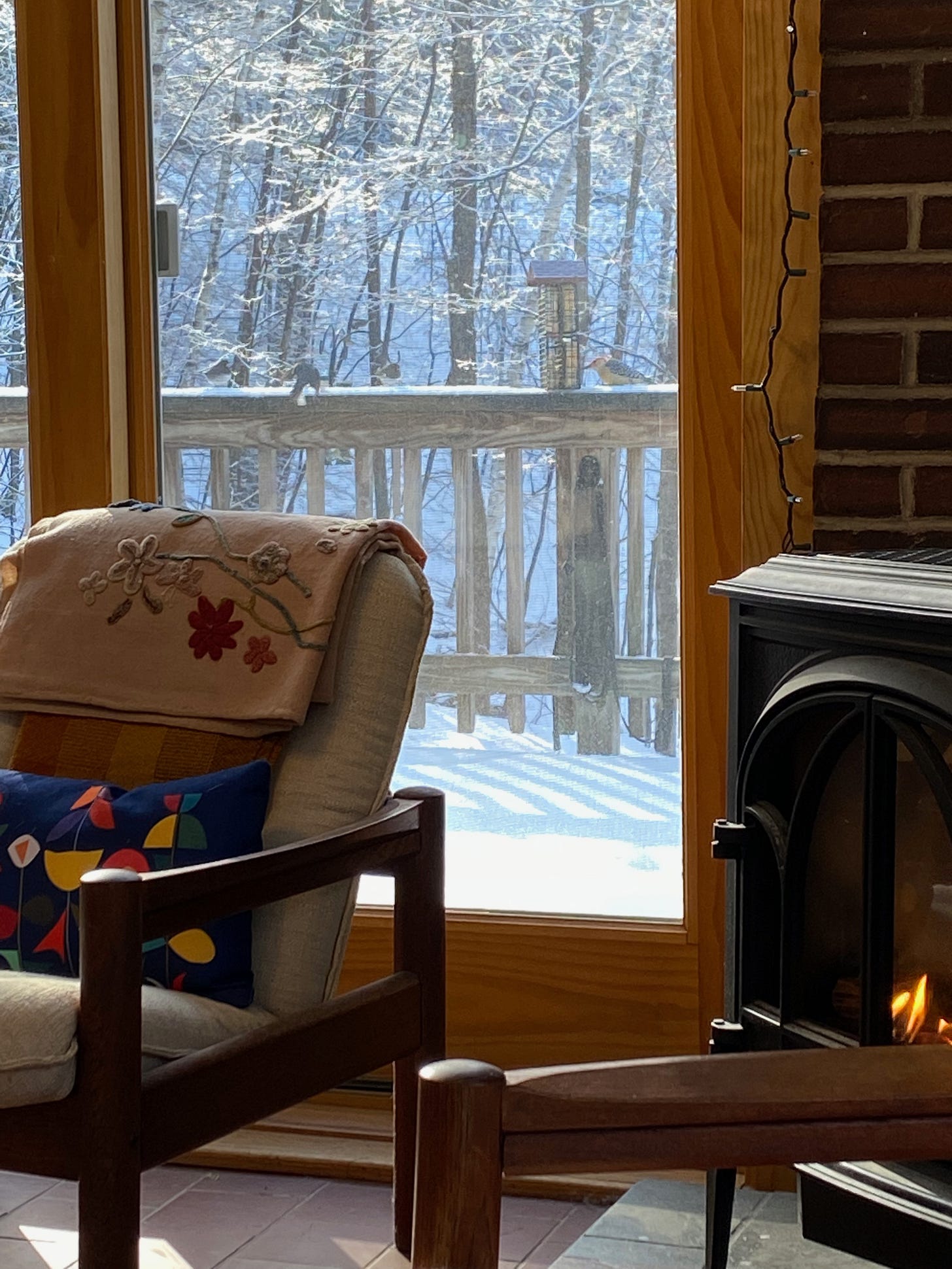

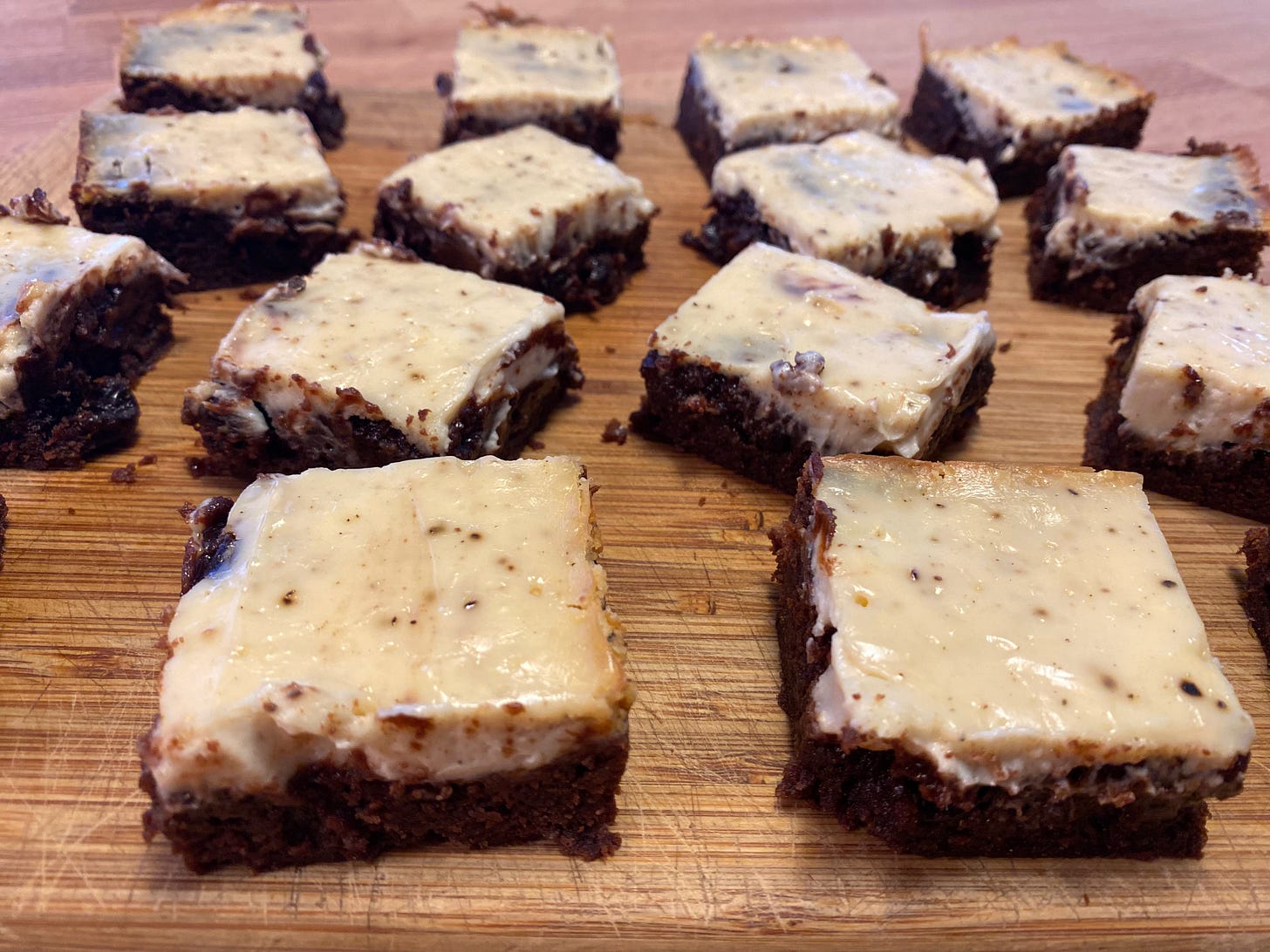
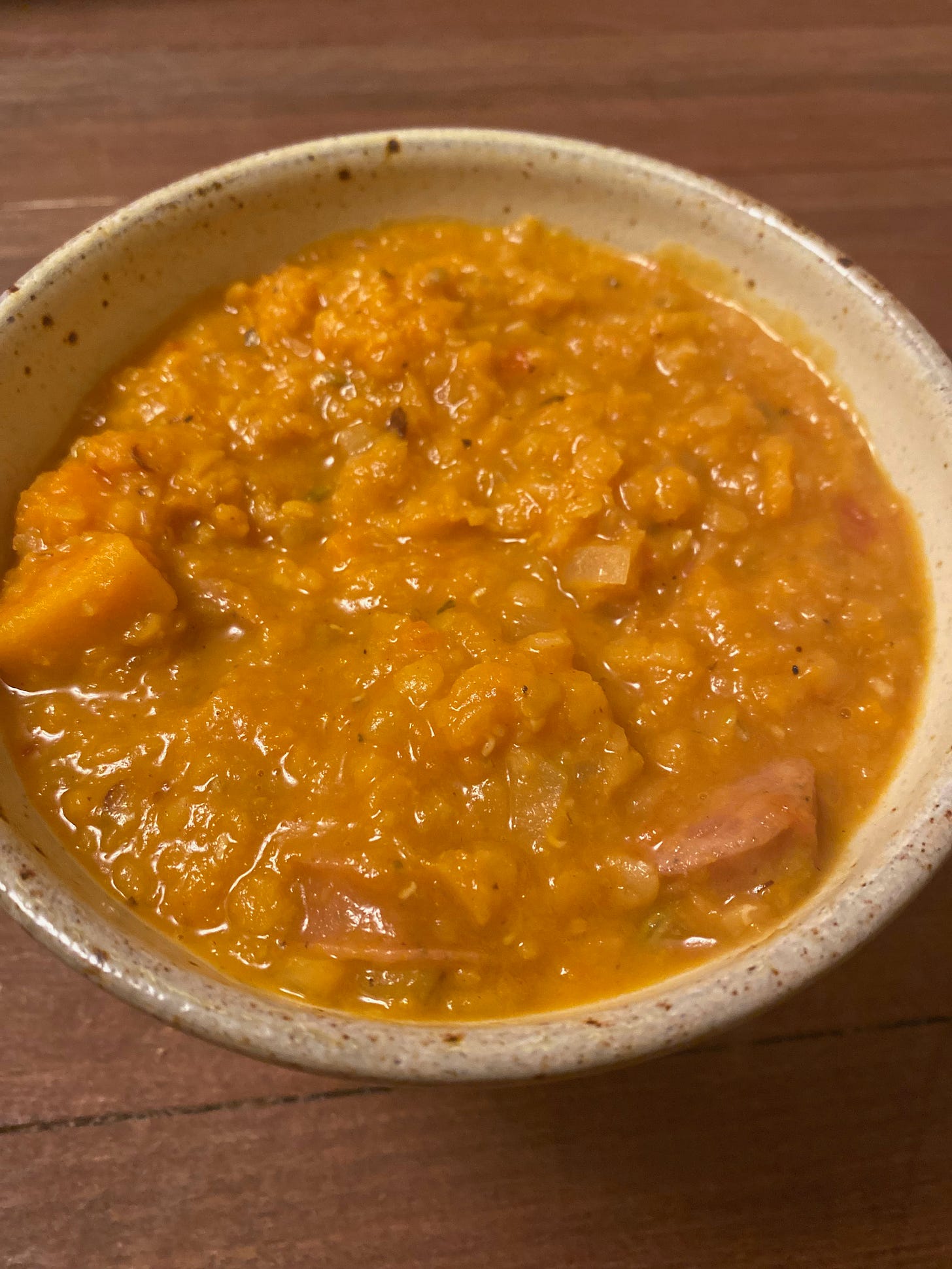
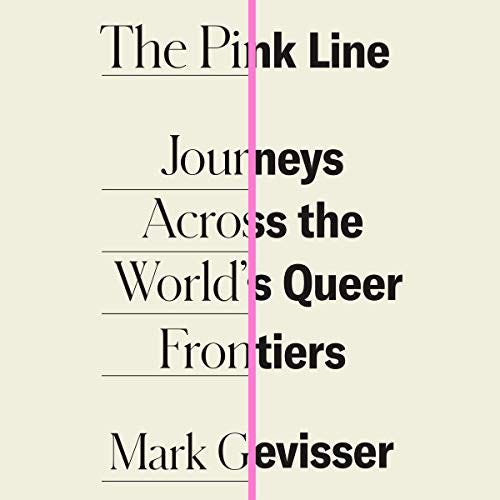
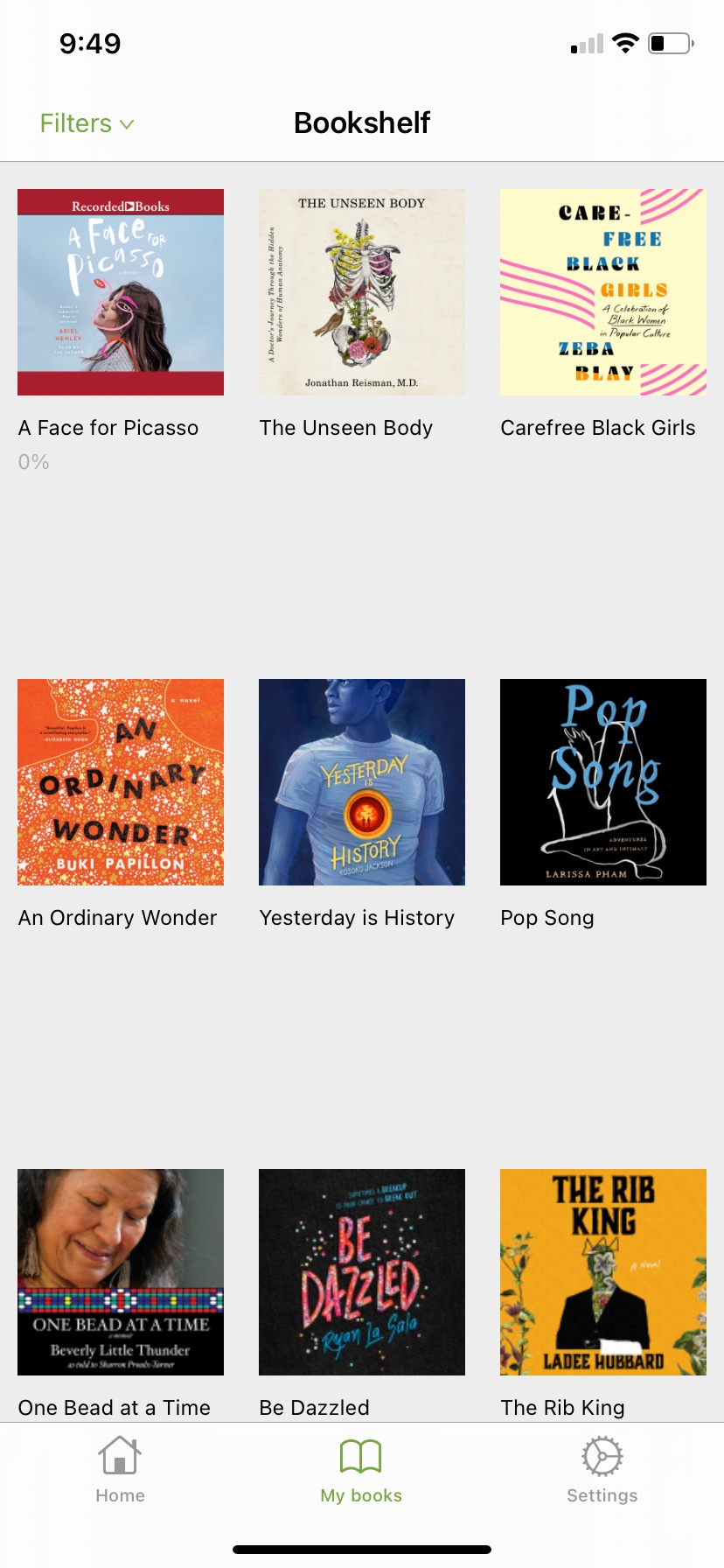
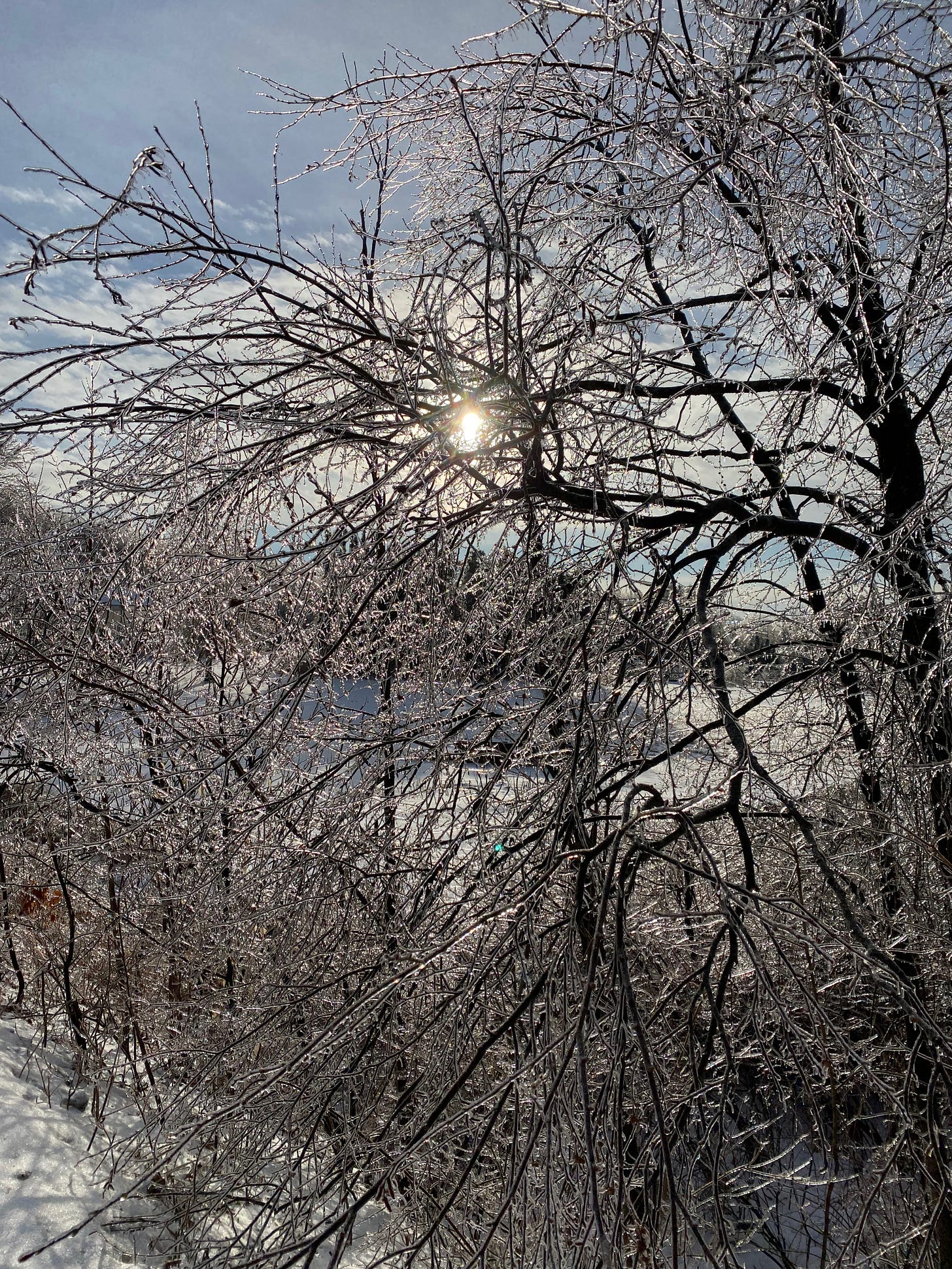
Definitely have a ton of red lentils in my pantry and know what I'm making for dinners this week :D
I also snagged a copy of Nobody's Magic and hadn't heard anyone mention it I feel like, so I was so excited to see it in your newsletter today! It seems like it's going to be an incredible read!